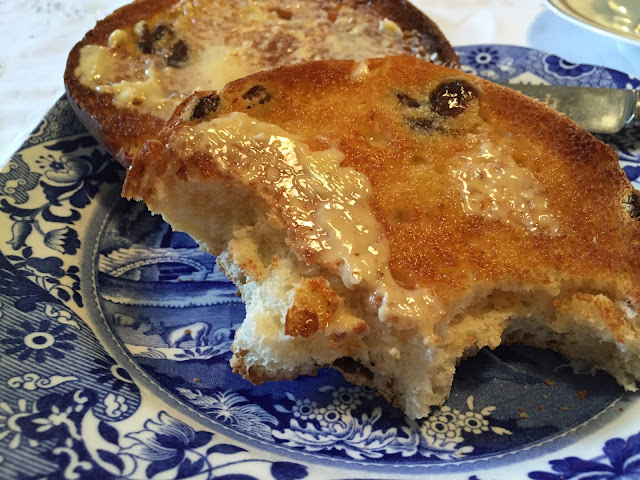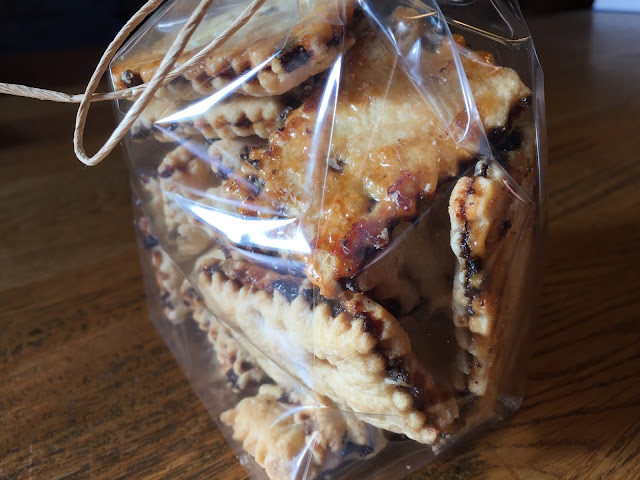These days butternut squash soup is often to be seen on a pub menu; I have to admit to it always being a little off putting. The problem is butternut squash lends itself perfectly to being made into soup and as such, it's often a lazy option. Boil a butternut squash in some stock, blend it and you have a reasonable if mediocre soup.
Think about enhancing the natural sweetness of the vegetable and become a little creative and you will be rewarded with a far better and worthwhile soup.
This soup incorporates sun dried tomatoes, and that hugely important spice cumin, its earthy savoury quality is perfectly matched with the sweet squash. The addition of a little chili completes the mix.
The texture of the dense flesh once cooked and blended is so creamy, this recipe requires only the oil that remains clinging to the sun dried tomatoes and no more, so comes in as a low calorie dish.
For this recipe you will need;
500g of butternut squash
300g of chopped onion
3 fat cloves of garlic chopped
75g of sun dried tomatoes
1 litre of vegetable stock
1/2 teaspoon of ground black pepper
1/2 teaspoon of cayenne pepper
Begin by gently cooking the onion, garlic and sun dried tomatoes, roughly chopped in a large enough saucepan. The oil from the tomatoes will be sufficient to moisten the onions and garlic, you won't need any more.
Cut up the squash into chunks, since the final soup is to be sieved, there is no need to peel it. cook on a low heat until the onion becomes translucent, about 3 or 4 minutes.
Add the stock and seasoning and simmer gently, with the lid on, for an hour.
Using a blender, I find the stick variety far easier and safer with hot liquid these days, blend until you have a smooth soup. Sieve and reheat before serving.
 |
| I made my own dried tomatoes in oil this year for the first time |
 |
| Less than a tablespoon of residue! |
Notes
I photographed the residue from sieving to show what little there is, an illustration of just how wasteful it is to peel the squash.
The weights of the squash and onions can be varied without altering the finished result too much, so don't worry if your squash is a little larger or smaller, simply adjust the amount of stock.
















































